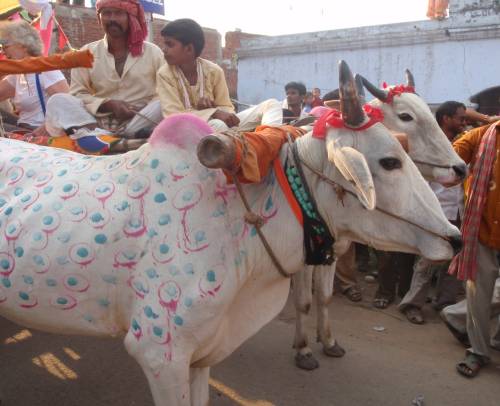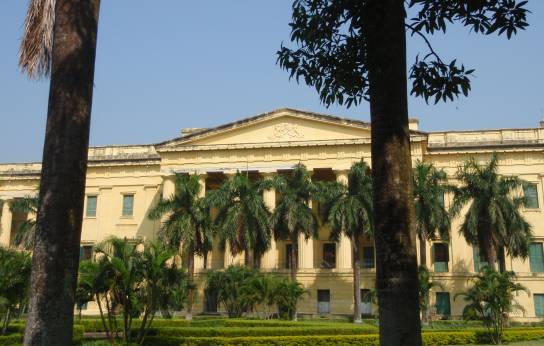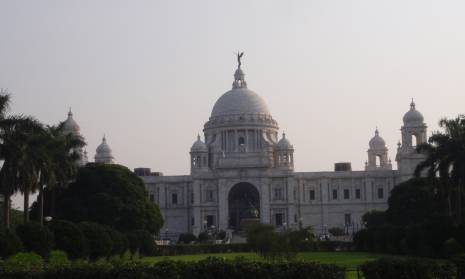BRITISH RULE
European traders had been in India since the 16th century. Trade groups were organized in to companies, and they included the Portuguese, French, Dutch, and English. By the end of the 17th century, the Portuguese lost most of their territories to the Dutch and English, and the Dutch subsequently lost most of those territories to the English. During the 18th century, the French also lost most of their territories to the English.
The British East India Company was also acquiring territory in the north through trade concessions with the Mughal emperors and in the south in Bengal through battles at Plassey (1757) and Buxar (1764). Their power expanded.
The British installed their first Governor, Robert Clive, in the south in 1757, and the British Parliament started exercising some control over the company by 1773. By 1857, the company’s rule extended over much of India.
After the industrial revolution, raw materials from India were being exported to Britain, and machine-made goods were being imported to India. Indian workers were impoverished, their quality of life declined, and discontent became widespread. These circumstances provoked a soldiers’ mutiny that quickly became widespread among civilians. Many sources refer to this action as ‘the Indian Mutiny’; however, the Indians refer to it as their ‘1st war of independence’.

Painted oxen pulling our carts in Buxar
Thousands marched towards Delhi and declared Mughal Emperor Bahadur Shah Zafar the ruler of India; however, the British regained control. Bahadur Shah was exiled to Yangon, Burma, and his sons were executed. The British brutally suppressed any challenge to their rule throughout the country.
The British government could not ignore the unpopularity of the British East Indies Company and the violence it provoked. Therefore, in 1858, by act of Parliament, the rule of the company ended, and Indian territories became part of the British Empire.
To its credit, the British unified the subcontinent, introduced Western education, established a centralized administrative system, and developed a railway system. However, a nationalist movement was growing, and India wanted independence.

The crowd that turned out to see us off in Buxar
The Indian National Congress formed in 1885 as a platform from which to seek self-government. In 1919, British troops fired on an unarmed crowd protesting for civil rights killing more than 300, and the sub-continent united in outrage against British brutality. In 1920, Mohandas Karamchand Gandhi took over leadership of the movement and launched a moral crusade of non-violent resistance to British laws and institutions. He became known as ‘Mahatma’ – great soul – Gandhi. Gandhi is still revered by most Indians.

Hazarduari Palace/Museum
By 1940, the Muslim League had formed and was led by Mohammed Ali Jinnah. The league supported India’s demand for independence but also demanded an independent state of Pakistan for Muslims.
By the end of World War II, Britain was broke, and they lacked the resources and desire to continue ruling over the sub-continent. At midnight on 14/15 August, 1947, British rule ended and the independent countries of India and Pakistan were born.
We visited sites that spanned the period through which the British took power in India. We visited the rural sites of the two major battles fought for control of Bengal – Plassey and Buxar. We visited two small towns that had been under Portuguese (Bandar) and French (Chandanagar) rule before losing power to the British. We visited two palaces/museums that reflect the opulent wealth of the mid-19th century rulers amid the poverty of the locals. And we visited Britain’s tribute to the queen – the Victoria Memorial.
The sites of the two major battles which yielded much of Bengal to the British – Plassey and Buxar – are peaceful sites today. The battlefield at Plassey (1757) is now agricultural land that we viewed from the river. However, in Buxar (1764), we went ashore. It is a delightful town where the locals welcomed us in color and style. They dressed up their elephants and painted their oxen which transported us around in carts. The people appeared truly happy to have us there. It seems ironic that these delightful people are living on a historical site remembered for its battlefield horrors.
We visited Bandar, which was Portuguese-ruled, and Chandarnagar, which was French-ruled, prior to the British taking power. It was interesting to see the architecture which reflects the different European history of each.
We visited two opulent relics from the mid-19th century. We visited the Marble Palace built in 1835 by a former Raja and the Hazarduari Palace/Museum built by a former Nawab in 1837.
The Marble Palace was built by a wealthy landowner, Raja Rajendra Mullick, as his personal mansion. It was built around a colonnaded courtyard using almost 100 different types of marble. Mullick traveled extensively, and he purchased Venetian chandeliers, Ming vases, and Egyptian statuary. All of these were eclectically crowded in to his mansion that can be politely described as ‘over-the-top’. It clearly comes from a time when opulence appealed to those that could afford it.
The Hazarduari Palace/Museum was built by the Nawab Najim Humaun Jah in 1837. Jah was the son of Mir Zafar whom is considered a traitor for surrendering his army to Robert Clive at the Battle of Plassey in 1757 – a turning point in the British taking control of India. The then-palace was used by the nawabs and the British, but it is now a large museum. It is a three-storey building on 41 acres of land. Hazarduari means ‘1,000 doors’, and the museum does, indeed, contain the appearance of more than 1,000 doors, and more than 900 of them are real. This is a convoluted structure of 114 rooms and 8 galleries containing collections of armory, paintings, and ivory carvings.

Victoria Memorial in honor of Britain’s Queen Victoria
And, of course, we visited the Victoria Memorial in Kolkata. This monument was conceived by Lord Curzon, the then Viceroy of British India, at the beginning of the 20th century. The foundation stone was laid by the Queen’s grandson, the Prince of Wales (later King George V) in 1906, and the building was opened to the public at the end of 1921. The building is 184 feet tall and sits on 64 acres of land. It houses more than 26,000 artifacts. Unfortunately, as in other Indian museums, we could not take pictures inside. We could, however, take pictures outside including the bronze statue of the queen on the grounds. This museum is worth the time to visit.
Come with us as we take a brief look at Independent India or return to our land travel page.